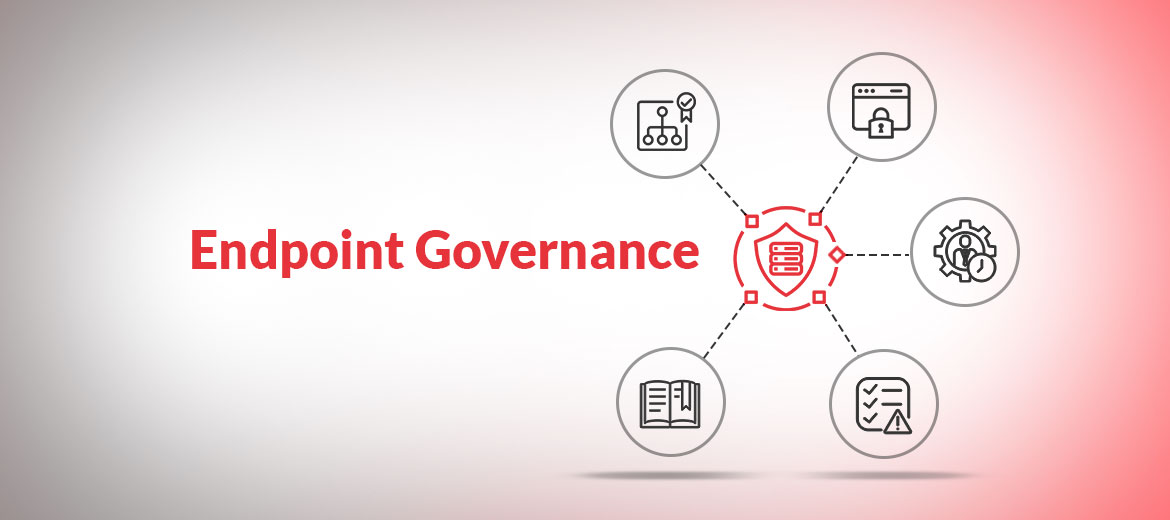To enforce deeper granular controls over endpoints is critical nowadays. Remote work culture essentially means managing devices both within and outside the network. Endpoint governance and robust access control policies provide the key components to prevent endpoint vulnerabilities.
In this article, we discuss some of the best IT practices in mitigating endpoint vulnerability.
Endpoints Mapping
Essentially, to prevent endpoint misuse, organizations must have comprehensive mapping of their IT environment. Information Security staff should assess which endpoints in the IT ecosystem present opportunities to exploit. Identification of vulnerable endpoints supported by baseline security policies, and endpoint agents reduces the attack surface.
A strong Access Control Mechanism
The probability of data exfiltration, data breach, and applications misuse increases in the absence of robust access control policies. Strong validation mechanism supported by multi-factor authentication, identity federation along with role-based IT task delegation improves endpoint governance.
Just-in-time Endpoint Privileges
Endpoint firewalls are important but not effective in preventing application misuse by malicious insiders. ‘Always-on’ privileges or excessive privileges make business-critical applications vulnerable to misuse. Controlled, on-demand and restricted elevations to critical applications ensures endpoint security.
Application Blacklisting and Restrictions
IT staff must grant application access to the end-users based on daily use-cases. That means, the admin must allow access to certain non-permitted applications only after the end-user raises the elevation request. Likewise, the security posture improves significantly if the security staff blacklists harmful applications running in the network.
Education
Yes, it works. It’s very simple and works very well. Get your best guy from your organization who knows about the nitty-gritty of endpoint security. Conduct short educational virtual classes. Teach your workforce about phishing tactics, malware attacks, malicious links etc.
The bottom-line
About one-third of IT incidents happen due to endpoint vulnerabilities. Implementation of robust endpoint management practices reduces incidents such as data breach, malware attacks, and applications misuse.

